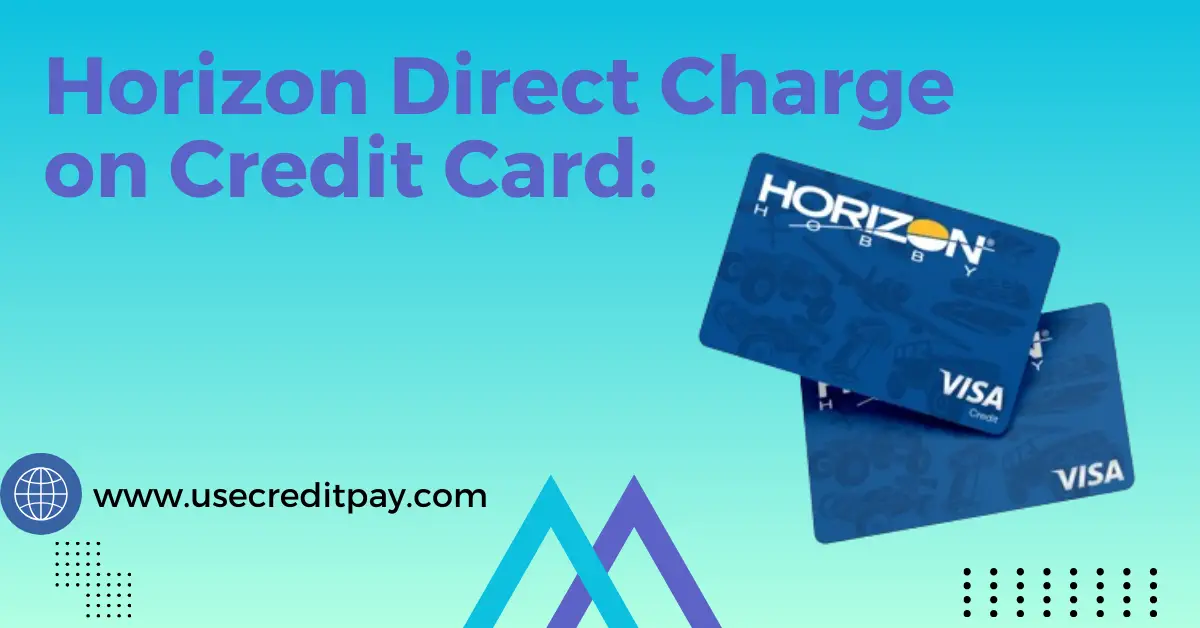Performance Predictions Credit Card Charge refers to the estimated financial impact of credit card fees on a business. Accurate forecasting of these charges is crucial for effective budgeting and financial planning.
Understanding the implications of Performance Predictions Credit Card Charge is essential for businesses of all sizes. Credit card fees can significantly impact a company’s bottom line, making accurate performance predictions a critical aspect of financial management. These charges often include transaction fees, percentage fees based on sales volume, and flat-rate assessments per swipe.
As such, the ability to accurately forecast these expenses allows businesses to budget effectively, maintain healthy cash flows, and make informed decisions about pricing and sales strategies. Keeping an eye on payment processing trends and analyzing past transactions can inform better predictions, ensuring a more robust financial strategy and operational resilience.
Understanding Credit Card Charges
Credit card charges can often seem like a puzzle with pieces hidden in the fine print. By demystifying the various fees, interest rates, and penalties, you can take control of your financial health and avoid common pitfalls. Let’s dissect these charges and understand what makes up your credit card bill.
The Anatomy Of Credit Card Costs
Knowing the different components that factor into your credit card charges is crucial. These charges come in many forms—from periodic interest to unexpected fees. Grasping this anatomy is the first step towards smart credit card management.
| Type of Cost | Description | Typical Occurrence |
|---|---|---|
| Annual Fees | A yearly charge for the privilege of using a credit card. | Once per year |
| Interest Charges | Cost incurred on any unpaid balance after the billing cycle. | Monthly, if a balance remains |
| Transaction Fees | Charges for cash advances, foreign transactions, or balance transfers. | Per occurrence |
| Late Payment Fees | Fees charged when a payment is made after the due date. | Per occurrence |
| Over-the-limit Fees | Fees for exceeding the credit line provided. | Per occurrence |
Common Fees And Interest Rates
Understanding the common fees and interest rates associated with credit cards can give you a competitive edge in managing your finances. These are the costs that tend to sneak up and affect your budget the most.
- Annual Percentage Rate (APR): A pivotal rate that governs the cost of borrowing on credit accounts. Variable or fixed APRs directly impact your monthly payments.
- Balance Transfer Fees: Charges incurred when moving a balance from one card to another, typically a percentage of the transferred amount.
- Foreign Transaction Fees: Additional costs for purchases made outside the country, usually a percentage of the transaction amount.
- Cash Advance Fees: Incurred when using your credit card for cash withdrawals, with interest typically starting to accrue immediately.
- Penalty APR: An increased rate that may apply if you miss payments or violate other account terms.
The Impact Of The Card Act On Fees And Penalties
The Credit Card Accountability Responsibility and Disclosure (CARD) Act of 2009 reshaped the landscape of credit card charges. It introduced strict regulations to protect consumers from exorbitant fees and penalties.
- The Act caps late payment fees and restricts the conditions under which they can be charged.
- Over-limit fees require explicit consent from the cardholder before being assessed.
- Penalty rates, such as increased APRs for late payments, are regulated, and the Act enforces conditions for their application and reversal.
- Increased transparency in statements, requiring a clear display of fees and the consequences of making only minimum payments.
With these measures in place, cardholders have a better fighting chance against unfair practices and can navigate their credit card use with more confidence.
Predicting Credit Card Fees
Are you cringing at the thought of unexpected fees on your credit card statement? Predicting credit card charges has become increasingly important for savvy spenders and budget-conscious consumers alike. A deeper understanding of potential fees can empower you to manage your finances more efficiently. From annual fees to penalties, let’s unpack the nuances of credit card fee predictions and uncover strategies for staying ahead of your bills.
Forecasting Annual Fees: Patterns And Trends
Annual fees on credit cards can be a deal-breaker for many users. To anticipate these costs:
- Study the historical fee structures of credit card providers to detect patterns.
- Look for trends around membership tiers that influence the annual fee.
- Keep abreast of credit card promotions that waive annual fees for the first year or beyond.
Card issuers often release data on fee adjustments, enabling consumers to predict possible changes to annual fees. By identifying these trends, cardholders can better forecast when a fee might increase and by how much.
Interest Rates Predictions: The Role Of The Economy
Tying in closely with economic fluctuations, interest rates on credit cards can change. Recognizing the indicators requires understanding the economy’s health:
- Central bank decisions: Keep tabs on policy changes as these affect benchmark interest rates.
- Inflation rates: Higher inflation might lead to increased interest rates to stabilize the economy.
- Economic forecasts: Analyze authoritative predictions on economic growth and recessions.
Financial news and economic reports serve as invaluable tools for consumers to predict potential changes in credit card interest rates.
Penalty Charges: Avoidance And Prediction Techniques
To steer clear of penalty fees, which can be a financial nuisance, implement these predictive measures:
| Technique | Description | Benefit |
|---|---|---|
| Payment Reminders | Set up alerts to ensure on-time payments. | Avoid late fees. |
| Spending Alerts | Monitor card usage to prevent overspending. | Stay under credit limit. |
| Policy Knowledge | Understand card’s terms and conditions fully. | Anticipate fees linked to card features or missteps. |
Beyond these techniques, regularly reviewing your credit card’s terms and engaging with customer service for clarification ensures you never face surprises on your statement.
Technological Advancements In Fee Prediction
The financial industry has undergone a significant transformation with the advent of technology, especially in the world of credit cards. Gone are the days of unexpected fees and charges appearing on your monthly bill without warning. Thanks to cutting-edge technological advancements, predicting credit card fees has never been more accessible. Let’s delve into how machine learning, personal finance apps, and the synergy of AI with big data are revolutionizing the way we anticipate and manage credit card fees.
Machine Learning Models For Fee Forecasting
Machine learning (ML) represents a monumental shift in predicting credit card fees. Complex algorithms now analyze historical data, spending patterns, and typical user behavior to forecast potential fees with remarkable accuracy. Financial institutions leverage these ML models to offer users a transparent overview of future charges, helping customers to manage their finances more effectively. This proactive approach not only enhances customer satisfaction but also prevents fee-related surprises at the end of the billing cycle.
- Data-driven insights: ML algorithms use vast amounts of historical data to learn and predict fees.
- Customized predictions: Fee forecasts are personalized based on individual spending habits.
- Rapid analysis: These models process data at an incredible speed, providing timely predictions.
Using Personal Finance Management Apps For Prediction
Personal Finance Management (PFM) apps have become integral tools for individuals looking to keep a tight rein on their financial health. Utilizing advanced algorithms, PFM apps can flag potentially high-fee transactions before they occur. They provide a comprehensive analysis of financial activity and offer recommendations for avoiding or minimizing fees. Users benefit from real-time notifications and tailored advice, drawing on a robust framework designed to empower smarter financial decisions.
- Track spending patterns and budget effectively.
- Receive alerts on high-fee transactions.
- Gain actionable insights to reduce or avoid fees.
The Future Of Fee Predictions: Ai And Big Data
The converging forces of Artificial Intelligence (AI) and Big Data are poised to redefine the landscape of fee predictions. This synergy promises an era where credit card fee forecasting is not just about avoiding charges, but optimizing financial strategies. AI-driven tools can analyze vast datasets in real time, spotting trends and making adjustments to benefit both card issuers and consumers. With continuous learning capabilities, these systems become more accurate over time, ushering in a new frontier of financial foresight.
- Real-time analysis: AI algorithms can process and analyze data as it comes, making predictions more timely and relevant.
- Pattern recognition: Big Data enables the identification of broader spending trends, leading to improved accuracy in fee predictions.
- Adaptive forecasting: The more data fed into these systems, the smarter and more predictive they become.
As we wrap up, it’s clear that staying informed on the latest trends in credit card charge performance is vital. Regular analysis can help predict and mitigate risk. Take proactive steps, and you’ll be better positioned to navigate the dynamic financial landscape. Keep adapting, and your financial savvy will only grow stronger.




